1)Cedar Bog is a wetland area in Ohio that features both a fen and a swamp forest. The unique ecological conditions at Cedar Bog are influenced by its geology. Glacial activity during the Ice Age left behind sand, limestone gravel, and end moraines, creating a valley where the wetland is located. The valley acts as an aquifer, holding cold groundwater that is forced to the surface. The groundwater, rich in dissolved limestone, contributes to the alkaline and clear nature of the fen. This geology supports a distinct and diverse ecosystem.
2) My prompt was to find 2 monocots.
Virginia Spiderwort (Tradescantia virginiana):

Description: Virginia Spiderwort is a perennial herbaceous plant that belongs to the family Commelinaceae. It has long, grass-like leaves that are bluish-green in color. The flowers are three-petaled and usually purple or blue, although they can also be pink or white.
Recognition: Virginia Spiderwort can be recognized by its long, strap-like leaves and three-petaled flowers. The flowers bloom in clusters at the top of the stems and have contrasting yellow stamens.
Additional Fact: Virginia Spiderwort is known for its day-long blooming habit, with the flowers opening in the morning and closing by late afternoon. This behavior is believed to attract pollinators such as bees and butterflies.
Blue Flag Iris (Iris versicolor):

Description: Blue Flag Iris is a perennial flowering plant belonging to the family Iridaceae. It features long, sword-shaped leaves that are bluish-green in color. The flowers are large, showy, and typically violet-blue, although they can also be lavender, purple, or white.
Recognition: Blue Flag Iris can be recognized by its long, erect leaves with prominent parallel veins and its large flowers with three drooping petals called falls and three upright petals called standards.
Additional Fact: Blue Flag Iris is commonly found in wetland habitats such as marshes, swamps, and the edges of ponds. It is a popular choice for water gardens and attracts pollinators like bees and butterflies.
3)
Prairie Valerian – Valeriana ciliata :
CC:10
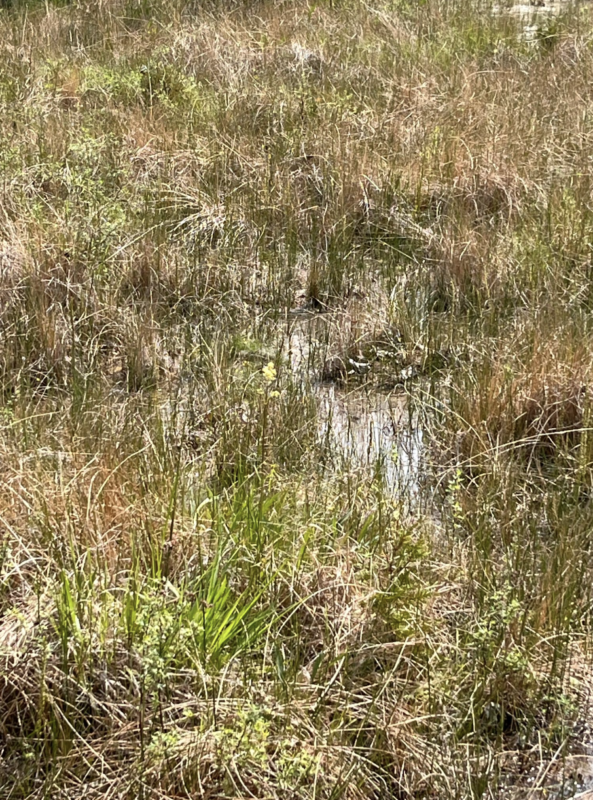
Northern White Cedar – Thuja occidentalis:
CC:9
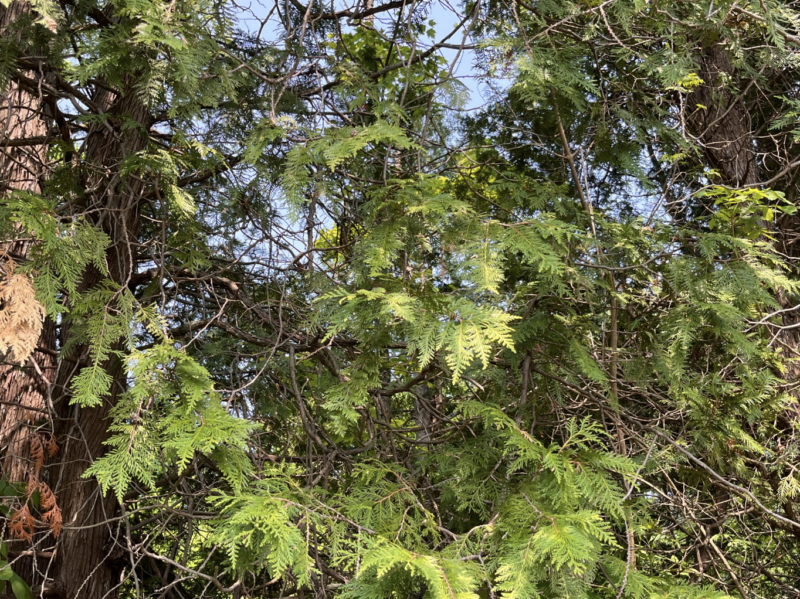
Swamp birch – Betula pumila:
CC:7
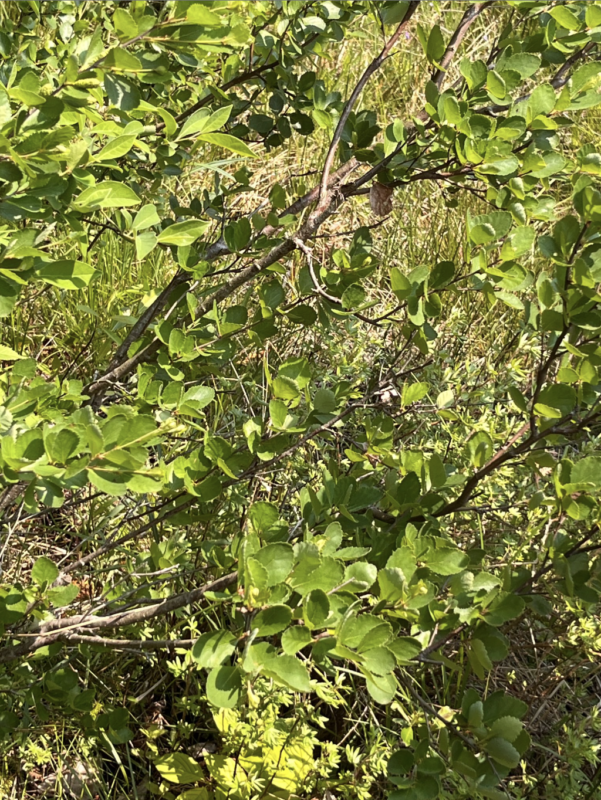
Shrubby Cinquefoil – Dasyphora fruticosa:
CC:10

Ash Types:
Black Ash – Fraxinus nigra:
Black Ash is a medium to large-sized deciduous tree characterized by grayish-brown bark and compound leaves composed of 5 to 9 toothed leaflets. It is commonly found in wetland habitats and is particularly valued for its high-quality wood, which is used in various applications such as basketry, furniture, and flooring.
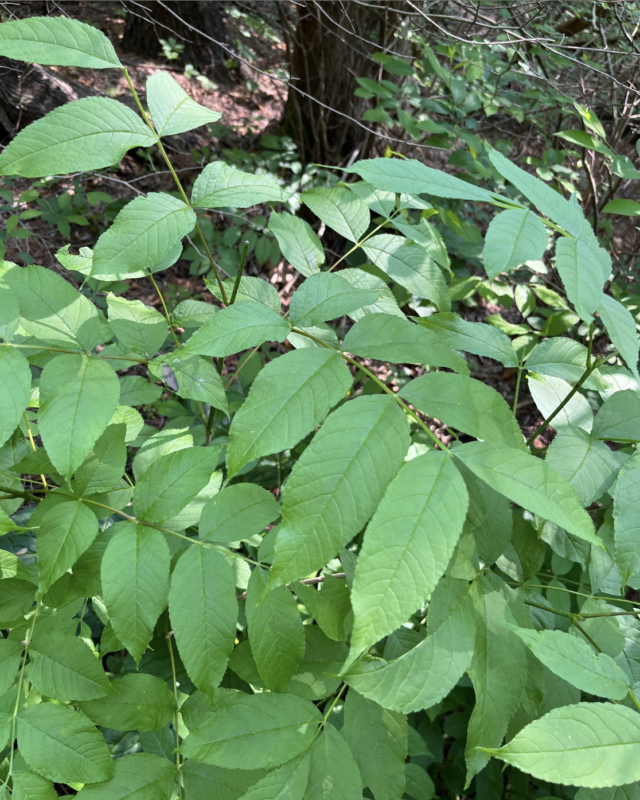
Green Ash – Fraxinus pennsylvanica:
Green Ash is a large deciduous tree known for its light gray bark that develops diamond-shaped ridges over time. Its compound leaves typically consist of 7 leaflets with serrated margins. Green Ash holds ecological importance and is widely used as a shade tree. It provides habitat for various wildlife species and is also commonly used in landscaping and as a windbreak tree.
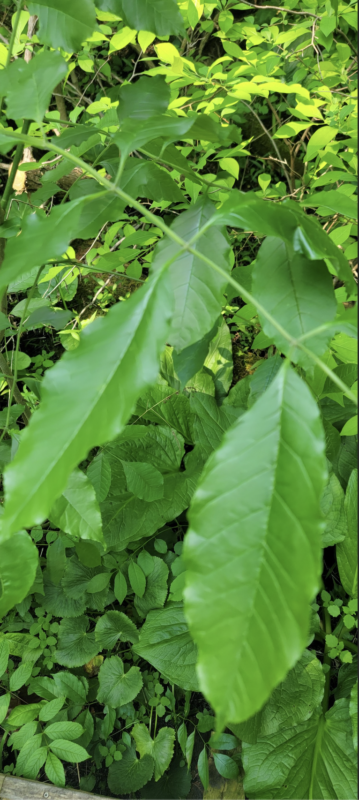
SWAMP FOREST ABBREVIATED SPECIES LIST: FQAI= 12.65
Caltha palustris – Marsh Marigold, WS: OBL, CC 6
Iris viginica – Southern Blue Flag,WS: OBL, CC 6
Lindera benzoin – Spicebush,WS: FACW- , CC 5
Senecio aureus – Golden Ragwort,WS: FACW, CC 4
Symplocarpus foetidus – Skunk Cabbage,WS: OBL, CC 6
Ranunculus septentrionalis – Swamp Buttercup , WS:FAC, CC 4
SEDGE MEADOW ABBREVIATED SPECIES LIST: FQAI= 21.22
Dasyphora fruticosa – Shrubby Cinquefoil,WS: FACW, CC 10
Drosera rotundifolia – Round-Leaved Sundew,WS: OBL, CC 7
Betula pumila – Swamp Birch,WS: OBL,WS: CC 10
Valeriana uliginosa – Swamp Valerian,WS: FACW+, CC 10
Toxicodendron vernix – Poison Sumac,WS: OBL, CC 7
Utricularia minor – Lesser Bladderwort,WS: OBL, CC 8
